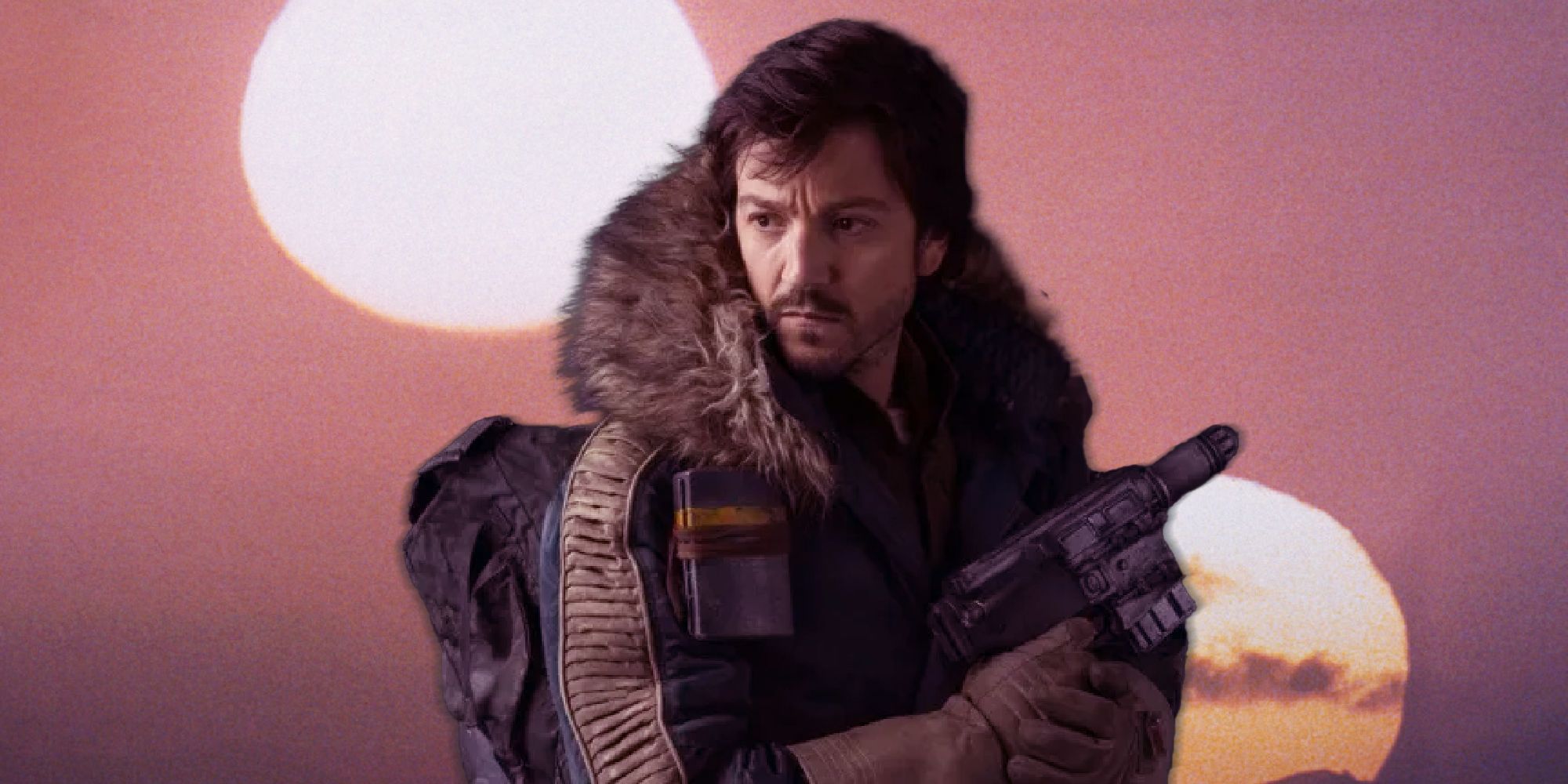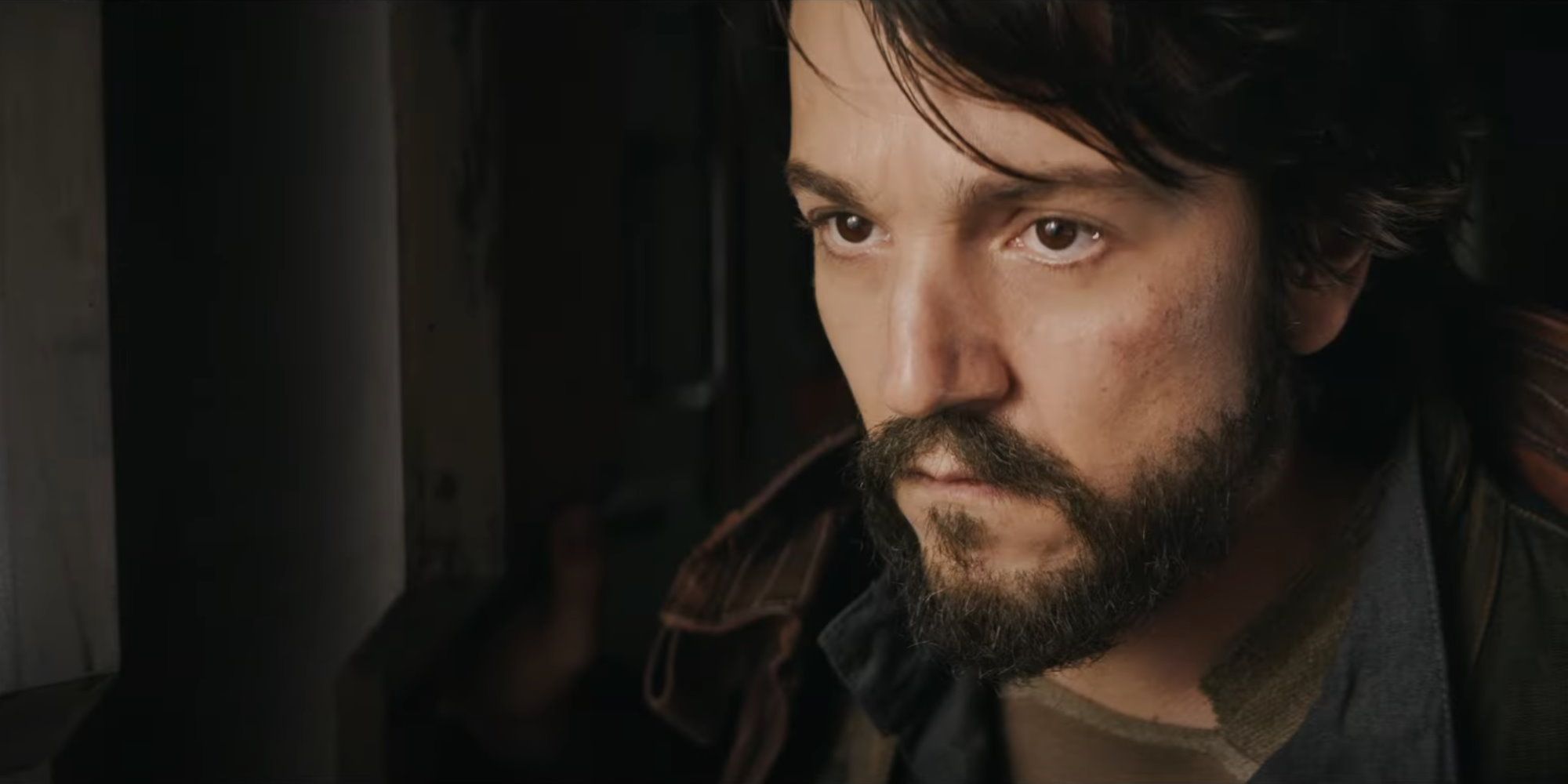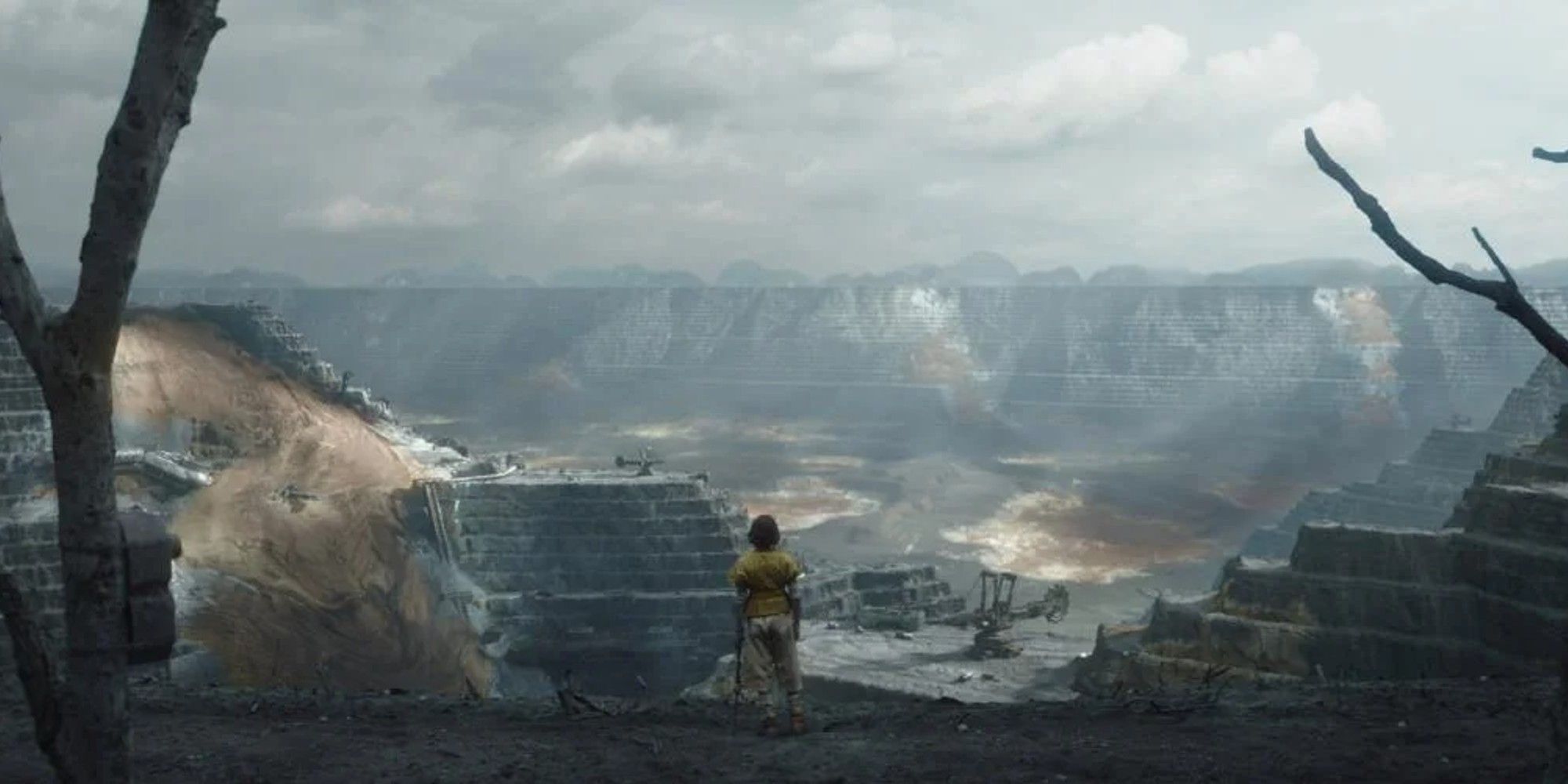The call to adventure. Every hero must answer it. That’s an insight from Joseph Campbell’s The Hero With A Thousand Faces, a seminal text that greatly influenced George Lucas, Star Wars, and thus modern blockbuster cinema. This study by the American mythologist analysed hundreds of myths and legends from cultures around the world, and identified themes common to them. Campbell called this template the Hero’s Journey, and the original Star Wars, subsequently subtitled A New Hope, had its fingerprints all over it.
Andor bears the same hallmarks of Campbell’s writings. The new Disney Plus series follows Cassian Andor, the second protagonist of Rogue One, playing off Felicity Jones’ Jyn Erso, in that wonderfully tragic, gritty entry in the Wars movie canon. Diego Luna reprises his role as Cassian in this limited series, a prequel of sorts, documenting his transformation into a rebel operative. For these are the days of The Galactic Empire’s ascendancy and its evil oppressiveness is being felt across the galaxy.
But the first two episodes of Andor are dense, somewhat dull, full of intrigue that barely registers. Muttered things going on; wheeling and dealing. None of which you need to pay much attention to. But by the third episode, things take flight, literally. Something catches and Andor suddenly lifts off. This is where I was reminded of A New Hope.
When Lucas showed the young Skywalker looking far out into the distance, in the desert of Tatooine, gazing at a horizon where the binary suns lit up the sky, as John Williams’ incomparable score played out, he touched something deep inside. It was the call to adventure, the dream of something bigger. This is why Star Wars has such a worshipful following. It is myth made for movies.
Rogue One is my favourite of the modern Star Wars movies. It’s sleek, efficient, and surprisingly moving. This was finally the war in Star Wars. And it was great to see this gritty texture play out again in Andor. Grubby faces, dirty droids, rusted metal on a planet where Cassian is supposed to be plying his trade salvaging scrap. But, of course, something must change. Fate must be met with.
And so, per the Hero’s Journey, an older wizened mentor fellow appears, acting as the Alec Guinness Obi-Wan character. The reluctant hero must be helped over the threshold. He must heed the call. We are treated, finally, to some great action by the third episode, and a set-piece that is comic yet distressing but undeniably entertaining. And there’s not a lightsaber in sight.
Throughout Andor’s opening episodes, we get repeated flashbacks to Cassian’s childhood, on a planet where the Empire has wrought utter devastation. They felt somewhat pointless and heavy-handed, but in the final scenes of the third episode, there is a magic moment as it finally coheres in a beautiful echo. Sunlight, the sky, the lifting of gravity. A feeling of wide, open possibilities. Cassian is no Luke Skywalker, but he too will answer the call. The glint in his eyes as he realises that he’s about to head off into the great unknown touches something deep within viewers, if they have a shred of innocence that still remains.
There is space still left to explore for Star Wars and Andor surprised me with this insight. Because myths are told and re-told. That’s just the nature of stories.



